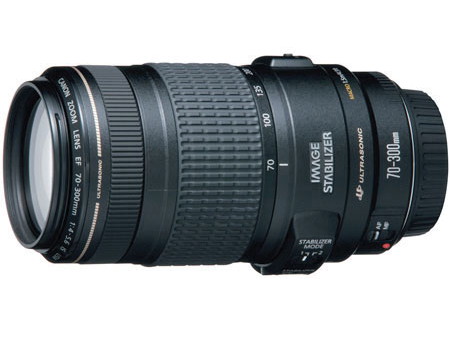Which lens? Choose the best lens for your DSLR
DSLR lenses explained: from fish-eye to telephoto

Thinking of buying a lens for your DSLR or compact system camera (CSC)? Deciphering the different key specifications and working out which lens to buy can be difficult.
Don't know your apertures from your focal lengths? Your APS-C from your Micro Four Thirds? Your telephotos from your superzooms? Then TechRadar's camera guide to buying the best lens for you can help.
Read our Best zoom lens upgrade: 8 tested article
Read our Best macro lens: 8 tested article
Read our Best travel lenses: 8 tested article
Read our Best wide-angle lenses: 8 tested article
We'll start by explaining the key features of DSLR and CSC camera lenses, and then we'll take an in-depth look at the different lens types available, from prime lenses to fisheyes.
Get daily insight, inspiration and deals in your inbox
Sign up for breaking news, reviews, opinion, top tech deals, and more.
Focal length
If a camera's sensor is the brain, then its lens is akin to the eyes - and both elements are essential to complete the modern picture-taking package.
While there are shed loads of compact cameras that come as all-in-one sealed units, the interchangeable system camera market - ie DSLR and compact system cameras (CSC) - allow you to chop and change between different lenses.
But why would you choose to do this? Like our own eyes a camera's lens sees the world with a particular field of view, depending on its focal length. Focal length is described in millimeters.
But unlike our eyes, lenses can be made with completely different perspectives on the world. The smaller the focal length value (for example a 10mm wide-angle), the wider the angle of a frame will be. A wide-angle lens has a field of view that takes in far more than our eyes ever could in one sitting.
In contrast, a higher focal length value (such as a 300mm telephoto) 'trims' or 'zooms in' on the field of view and gives the impression of far away subjects appearing magnified.
While we're familiar with our own field of vision, other animals have different takes on the world. The common rabbit, for example, has a wide angle of view and can see almost all around, whereas many birds of prey have narrower vision like a telephoto lens in order to locate their far-off prey.
Current page: Key camera lens specifications explained
Next Page Sensor size and aperture explained